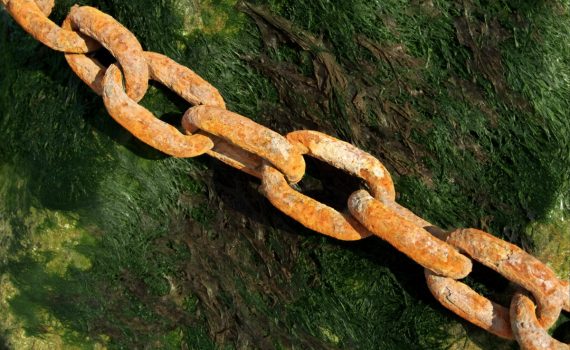Injustice for All
The United States incarcerates ~25% of the world’s prison population despite only having ~5% of the world’s population. In the 35 years between 1972 and 2007, the rate of incarceration has ballooned from 161 to 767 per 100,000.
The historical circumstances which have led to these frightening figures are wide and varied. From increases in the number of for-profit prisons, to the excesses of our military-industrial complex fueling local police departments, we have seen how the profit motive, just as in healthcare, has eroded institutional barriers previously aimed at securing the public interest. Compounding this further is the simple fact that the United States still reserves the right to enslave those convicted of a crime under the 13th amendment to our constitution. The result is not merely an increase in the number of incarcerated individuals, but an increase in the brutality employed by the system that aims to incarcerate them.
As prison populations increase, the physical constraints both in terms of living conditions and protocols increase alongside it. Solitary confinement, though always a means of punishment and torture becomes mere economics. The shackling of pregnant women while giving birth becomes a savings in the cost of labor for a system with fewer guards dispersed across larger inmate populations. And the use of violence as a means to suppress any behavior which does not exactly correspond to the daily regiments of transport, feeding, and labor is little more than an application of the age-old techniques of the assembly line.
All of these facts, whether admitted to or not, attest not merely to the social crises which are endemic to capitalist systems, but also the economic ones. In a system which requires some portion of the population to constitute a reserve army of the unemployed, lest the worker demand for even the most meager wages were to disappear, some number of that population is forced to turn towards different forms of employment. Enter the war on drugs, the continuing criminalization of sex workers, and, of course, undocumented immigrant labor.
In periods of prolonged economic stagnation, however, it becomes increasingly difficult to rely on the past divides in our social fabric to justify such a system. The correlation between poverty and crime is well known. With stagnating wages, more frequent attacks on social services, and growing wealth inequality, it’s not enough that black and brown people face disproportionate numbers of arrests or such wide disparities in sentencing. Instead, society must also assure a larger and larger percentage of the population that they are not like “the other.”
We must dehumanize.
Whether it’s a first lady referring to black youths as “super predators” or the commander-in-chief telling a nation that it’s “OK to take away the hand,” the need to portray those most heavily targeted by our legal system as something not human or not deserving of fundamental human rights is essential to the maintenance of a prison system at the scale and scope of the United States’. Only by continuing to remind those outside of the system that those inside the system “deserve it,” can it continue to go unchecked. As soon as we recognize our common humanity, it becomes possible to see “the other” as us. It becomes possible to demand change.
For this reason as well as for all the detailed criminal justice reforms supported in the Green Party platform, members of the Santa Clara County Green Party will be joining California Prison Focus and Rise Up for Justice on Saturday, August 19th to join in the Millions for Prisoners Human Rights March. For more information, see: https://www.facebook.com/events/441574739560568/

